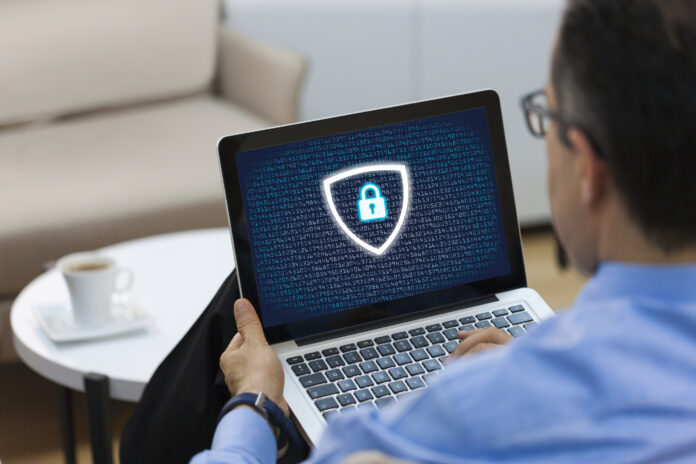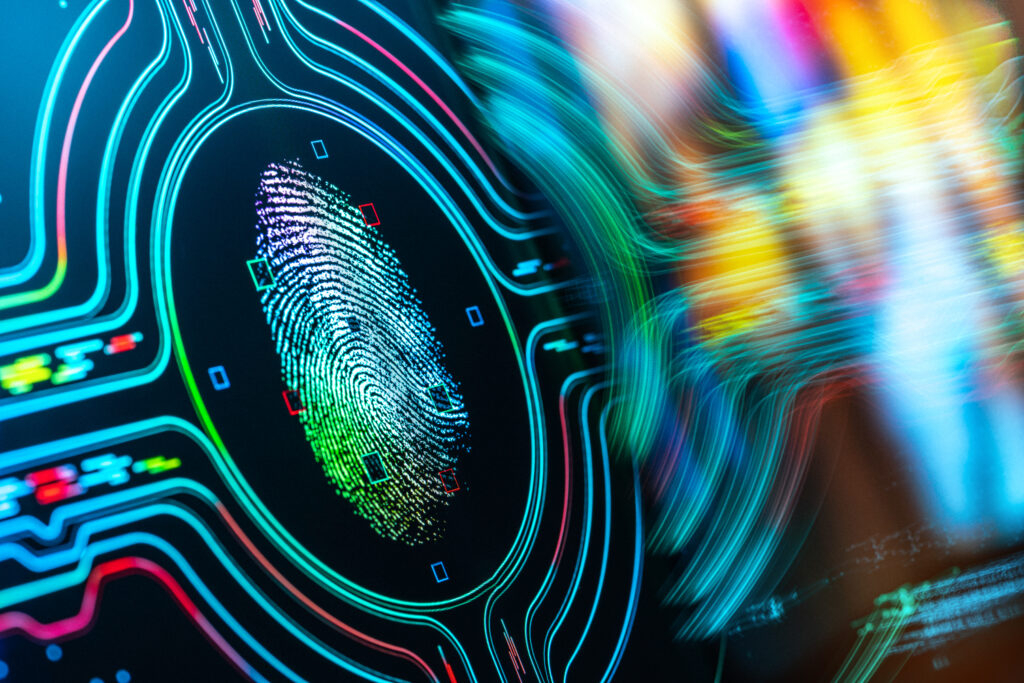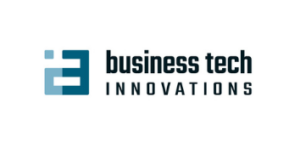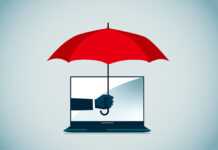
Business-to-business (B2B) partnerships enable organizations to pool their resources, expertise, and networks to achieve common goals. However, as more companies embrace remote work and digital processes, securing remote access for B2B partners has become a critical concern. In this article, we will explore the importance of secure remote access for B2B partners and provide practical strategies for safeguarding sensitive information.
The Significance of Secure Remote Access
Secure remote access refers to the ability of authorized individuals or entities to connect to a company’s network and systems from a location outside the corporate premises.

Within B2B partnerships, secure remote access is crucial for several reasons:
Collaboration
B2B partners need seamless access to shared resources, data, and applications to collaborate effectively. Secure remote access enables real-time collaboration regardless of physical location.
Efficiency
Remote access streamlines processes and eliminates geographical barriers. It allows partners to work efficiently without the need for physical presence, reducing travel costs and saving time.
Data Sharing
B2B partnerships often involve the exchange of sensitive data, such as financial information, customer data, or proprietary technology. Secure remote access ensures the confidentiality and integrity of this data.
Scalability
Businesses can expand their partnerships and networks without the limitations of physical space. Secure remote access facilitates scalability by accommodating new partners and users as needed.
7 Tips for Securing Remote Access
Now that we understand the importance of secure remote access, let’s delve into strategies to achieve it.
1. Implement Multi-Factor Authentication (MFA)
MFA adds an extra layer of security by requiring users to provide two or more authentication factors before granting access. This can include something they know (password), something they have (a token or smartphone), or something they are (biometric data like fingerprints). Implementing MFA significantly reduces the risk of unauthorized access.
2. Virtual Private Networks (VPNs)
VPNs create encrypted tunnels between remote users and the corporate network. This encryption ensures that data transmitted between the two points remains confidential. Use VPNs to protect data during transmission and restrict access to authorized personnel.
3. Access Control Lists (ACLs)
ACLs are a set of rules that control traffic entering or leaving a network. Define strict ACLs to limit access to specific IP addresses or ranges, ensuring that only authorized partners can connect remotely.
4. Regular Security Audits and Updates
Stay proactive by conducting regular security audits of your remote access infrastructure. Patch vulnerabilities promptly and keep all software, firmware, and hardware up-to-date to protect against emerging threats.
5. Role-Based Access Control (RBAC)
Implement RBAC to assign specific access permissions based on roles and responsibilities. This ensures that B2B partners can only access the resources necessary for their tasks, reducing the risk of data breaches.
6. User Training and Awareness
Invest in user training programs to educate both your employees and B2B partners about best security practices. This includes recognizing phishing attempts, using strong passwords, and reporting suspicious activity promptly.
7. Data Encryption
Encrypt data both in transit and at rest. Encryption ensures that even if data is intercepted or stolen, it remains unreadable without the appropriate decryption keys.

A Secure Future for Remote Access
Securing remote access for B2B partners is essential for protecting sensitive information and maintaining productive partnerships in today’s digital age. By implementing robust security measures like MFA, VPNs, access controls, regular audits, RBAC, user training, and encryption, businesses can confidently collaborate with partners while safeguarding their data and systems.
As cyber threats continue to evolve, a proactive and comprehensive approach to remote access security is not advisable – it’s essential.




